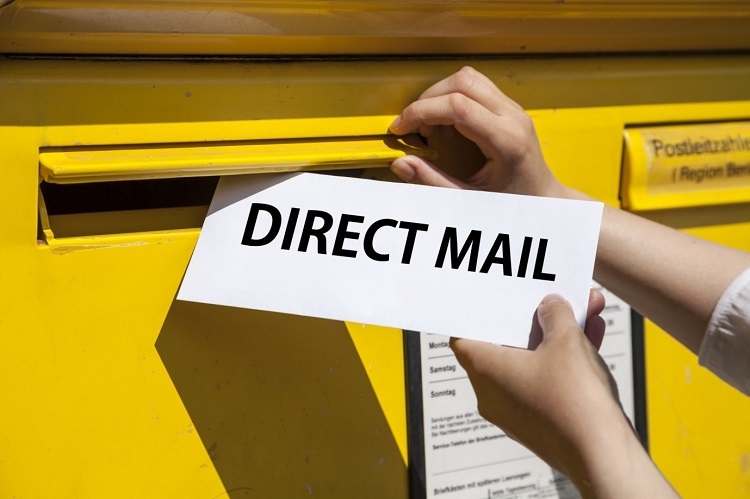Perhaps it wasn’t as earth-shattering as some news stories in 2012, but a report published by the Direct Marketing Association (DMA) in June of last year did cause a bit of a stir amongst marketers. As DMNews.com editor Allison Schiff reported, a comparison of response rates between direct mail and email revealed that the old-school method of solicitation through the post office yielded a 10-30 times higher response rate than when contacting by digital means.
Detractors began filling up the comments section immediately, questioning how the data was calculated and parsing terms like “response rate” and “return on investment.” Two points on which all seemed to concur, however: (1) higher response rate could at least in part be attributed to the fact that fewer direct mail campaigns are being conducted; and (2) even if you disagree with how the numbers were crunched, direct mail should remain part of any company’s marketing mix.
Of course, success is no guarantee for any direct mail marketing campaigns. You have to constantly think one step ahead of both your competition and the consumer to make sure your message stands out. Here are five guidelines for getting the most out of your next direct mail piece:
1. Set a goal. Your direct mail campaign has to yield more than you spent in order for it to be successful. Run the numbers several different ways to make sure you at least break even. Jim Sweeney of Big Daddy Marketing offers a useful rule of thumb: “In general, the overall response rate is higher when a smaller target audience is contacted multiple times versus a larger target audience contacted once.”
2. Quality counts. A shabby-looking piece is going to get a shabby response. Use quality materials and at least consult a designer on layout. Look at what some of your competitors send and then vary the size and color of your piece to be unique. Also, even though a direct mail piece gives you more space to explain yourself, your pitch has to be as compelling as an email subject line to keep recipients from throwing it in the round file.
3. Cull your list. The mailing list is the yin to the direct mail piece’s yang. You have to have specific characteristics of your customer in mind when putting together both. “The best way to identify your target audience is to take a look at your current consumers. What needs are you filling for them?,” writes US Data Corporation blogger, Melissa Cober. “However, don’t narrow down too far, either — a marketing campaign can’t be very successful if it is only seen by 1,000 people.”
4. Use giveaways. There’s a reason you keep getting sent personalized mailing labels along with nonprofit solicitations. They are inexpensive to produce, easy to slip into a mailer along with an appeal, and are useful to the recipient. Think along these lines for your giveaway. You can also tease a giveaway on the outside of your direct mail piece to increase the likelihood it gets opened.
5. Make it easy to respond. Back in the days before the Internet and handheld mobile devices, tear cards and postage-paid envelopes were the best ways to help your customers get in touch with you. Now we have QR codes and landing pages that offer instant gratification to the impulsive customer. Provide multiple ways to respond and then keep track of which ones best suit your customers.

